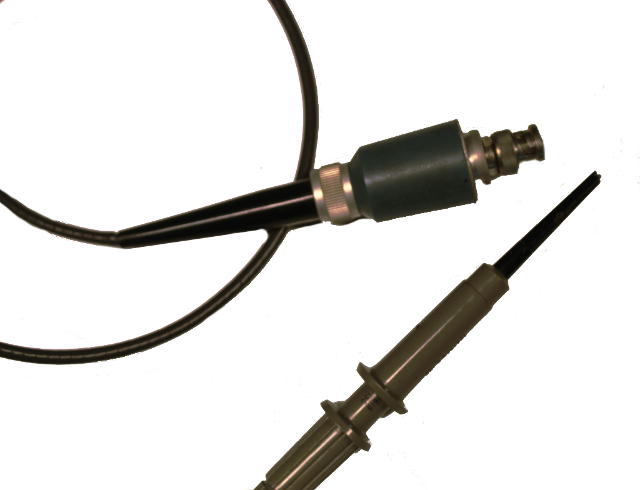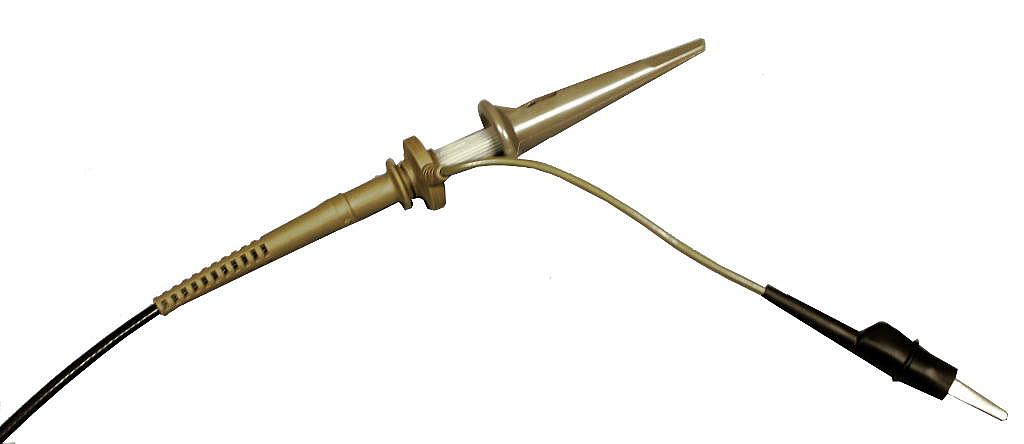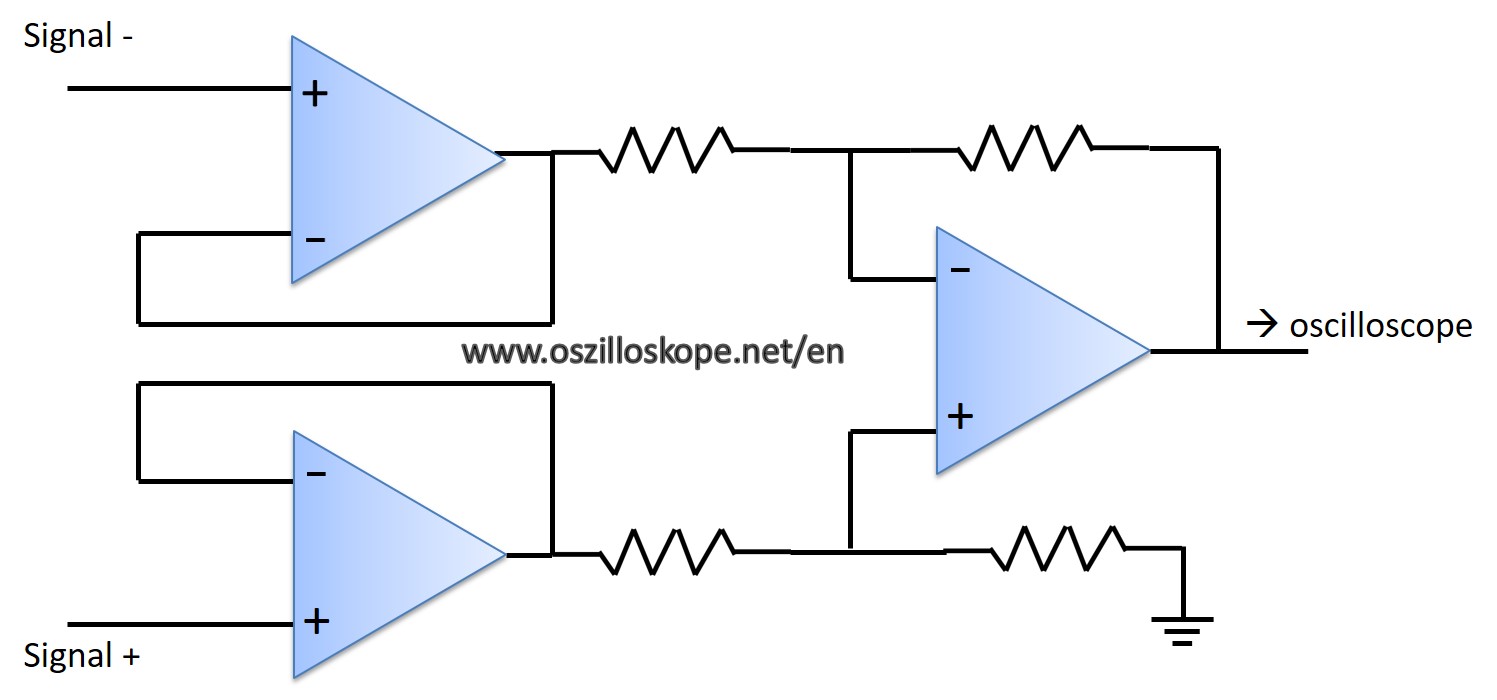Passive Probe
Oscilloscope Passive Probe: What is it good for?
With a BNC cable and corresponding adapters you can directly connect signals to an oscilloscope. So why do you need a probe? To understand this, have a look at an equivalent circuit diagram for oscilloscope, cable, probe and voltage …


